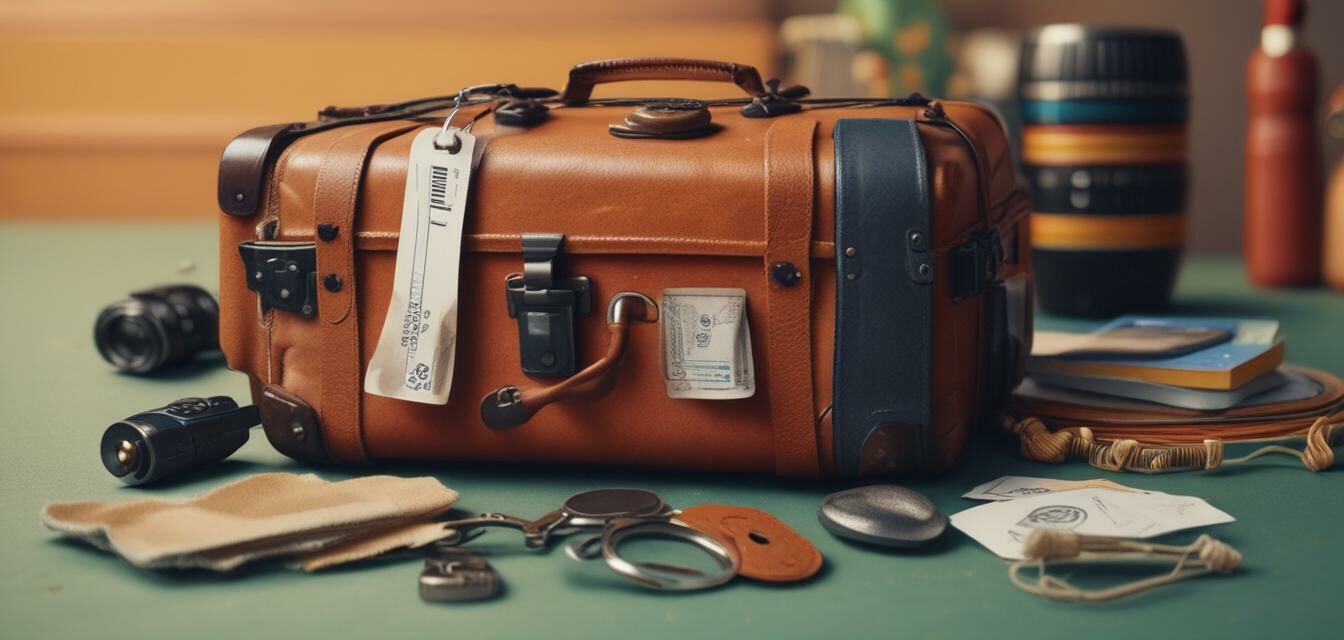
How to Prevent Luggage Damage during Travel
Key Takeaways
- Choose luggage made from durable materials for better protection.
- Utilize packing techniques that minimize movement and impact.
- Incorporate protective accessories and travel gear.
- Be mindful of handling and storage when traveling.
- Invest in reliable luggage to withstand the rigors of travel.
Traveling can be a thrilling adventure, but the journey can also take a toll on your luggage. Whether you're heading to a weekend getaway or a long vacation, ensuring your belongings are safe requires some thought and planning. In this article, we will share essential tips to protect your luggage from wear and tear during your travels, from strategic packing techniques to selecting durable materials.
Understanding the Risks of Luggage Damage
Luggage damage can happen for various reasons, and being aware of potential risks can help you take preventive measures:
- Handling by Airport Personnel: Luggage often undergoes rough handling when being loaded or unloaded.
- External Elements: Luggage can be exposed to harsh weather conditions.
- Packing Methods: Poor packing can lead to damage during transit.
Choosing Durable Materials
Selecting luggage made from durable materials is crucial to prevent damage. Here are some common materials:
| Material | Pros | Cons |
|---|---|---|
| Polycarbonate | Scratch-resistant, lightweight | Can crack under extreme pressure |
| Nylon | Water-resistant, flexible | May not withstand sharp impacts |
| Aluminum | Highly durable, strong | Heavy and more expensive |
| Fabric | Lightweight, easy to carry | Prone to tearing |
Effective Packing Techniques
How you pack your luggage can significantly affect its durability. Consider the following strategies:
- Use packing cubes: These help organize your belongings and reduce movement inside the suitcase.
- Wrap fragile items: Use clothes or bubble wrap to protect fragile items from impact.
- Distribute weight evenly: This prevents stress on one side of the suitcase, reducing the risk of damage.
- Avoid overpacking: An overstuffed suitcase is more susceptible to wear and tear.
Utilizing Protective Accessories
Investing in travel accessories can further protect your luggage:
- Luggage covers: These can shield your luggage from scratches and dirt.
- Sturdy luggage tags: Select strong, durable tags to help identify your luggage and reduce mix-ups.
- Locking mechanisms: Use TSA-approved locks to secure your belongings.
Handling and Storage Tips
Being mindful of how you handle and store your luggage can minimize damage risks:
- Choose a reliable baggage handler: If possible, fly with airlines known for careful handling.
- Keep your luggage with you: Avoid check-in if you can carry your luggage onboard.
- Store properly: When at home, store luggage in a cool, dry place away from direct sunlight.
Investing in Reliable Luggage
Ultimately, investing in high-quality luggage is crucial for long-term durability. At Blue Luggage, we offer a range of sleek carry-ons and spacious suitcases designed to withstand the rigors of travel. Make an informed choice and consider your travel habits when selecting luggage.
Conclusion
Taking steps to prevent luggage damage during travel not only protects your belongings but also enhances your overall travel experience. By selecting durable materials, employing effective packing techniques, and utilizing protective accessories, you can ensure a smoother journey. Remember to be mindful of how your luggage is handled and stored. With these tips in mind, your adventures can remain stress-free and enjoyable!
Tips for Beginners
- Always read reviews: Consider feedback from other travelers when choosing luggage.
- Practice packing: Try different packing techniques before your trip to find what works best for you.
- Stay organized: Keep travel essentials easily accessible when on the go.
Pros
- Highly durable luggage can withstand rough handling.
- Protective accessories improve overall safety.
- Proper packing techniques minimize damage risks.
Cons
- High-quality luggage can come with a higher upfront cost.
- Overpacking can increase chances of damage despite precautions.
For more travel tips and advice, explore our Travel Tips category.